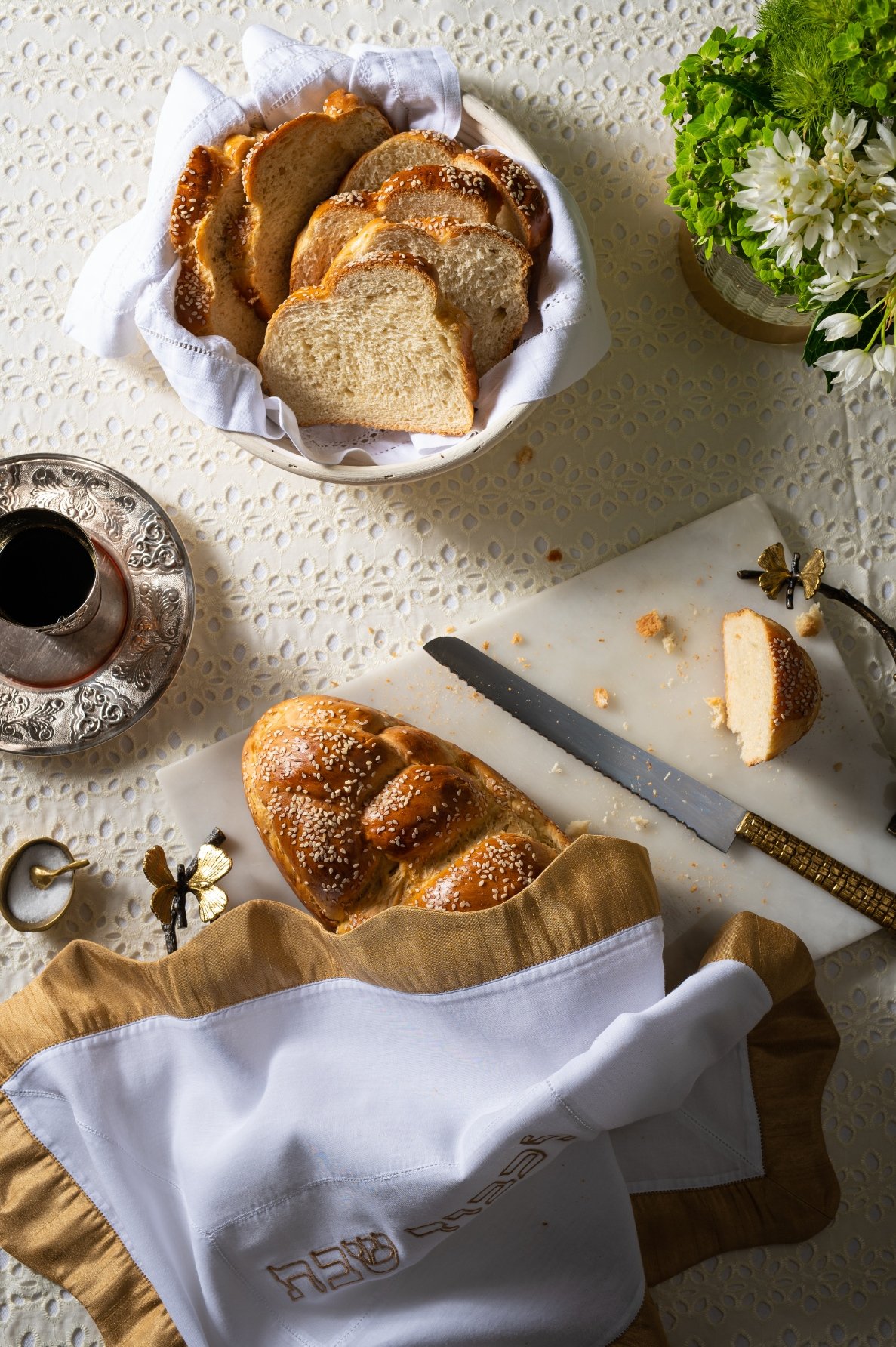Submitted by Chaya Shifra Sadoff
Look, I know there are about a million challah recipes out there. But trust me: this one is different.
I like breaking rules, and am notorious for not following recipes. Which is why we were never really happy with our challah for the first few years of our marriage — I tried this recipe, that recipe, the other recipe and every time I partially winged it. It always came out different, but never quite right.
My two favorite recipes were from two of my friends – but when I made them they never came out quite like the originals (even if I “followed directions”). Aside for that, one recipe was a bit sweeter than I liked and denser than my husband liked, while the other was too salty, and the dough was gooey and hard to work with.
Until one day, when I made a cross between the two.
And it was perfect. Fluffy but moist. Sweet enough, but not cake-like. Not too salty, not too dense: perfect.
Time passed, and my preferences changed. I swapped part of the white wheat flour out for white whole wheat, and the challah held up fine.
Then I tried with spelt. Delicious.
Part white spelt and part whole. Still amazing.
Olive oil instead of canola? Still yum.
Coconut sugar instead of white sugar? Honey? Silan? It all worked.
I’ve tasted and tried other spelt challah recipes, but have never had a recipe turn out as moist, fluffy and delicious as this one.
And, for this rule-breaking, non-recipe-follower, it is really the perfect recipe.















is the 4 additional cups of water a mistake?
there must be a mistake in this recipe. it probably is supposed to be 2 additional cups of arm water instead of 4. this was not just wet dough- it wasn’t dough. there was no possibility of shaping it whatsoever. very frustrating when using expensive organic white spelt flour.